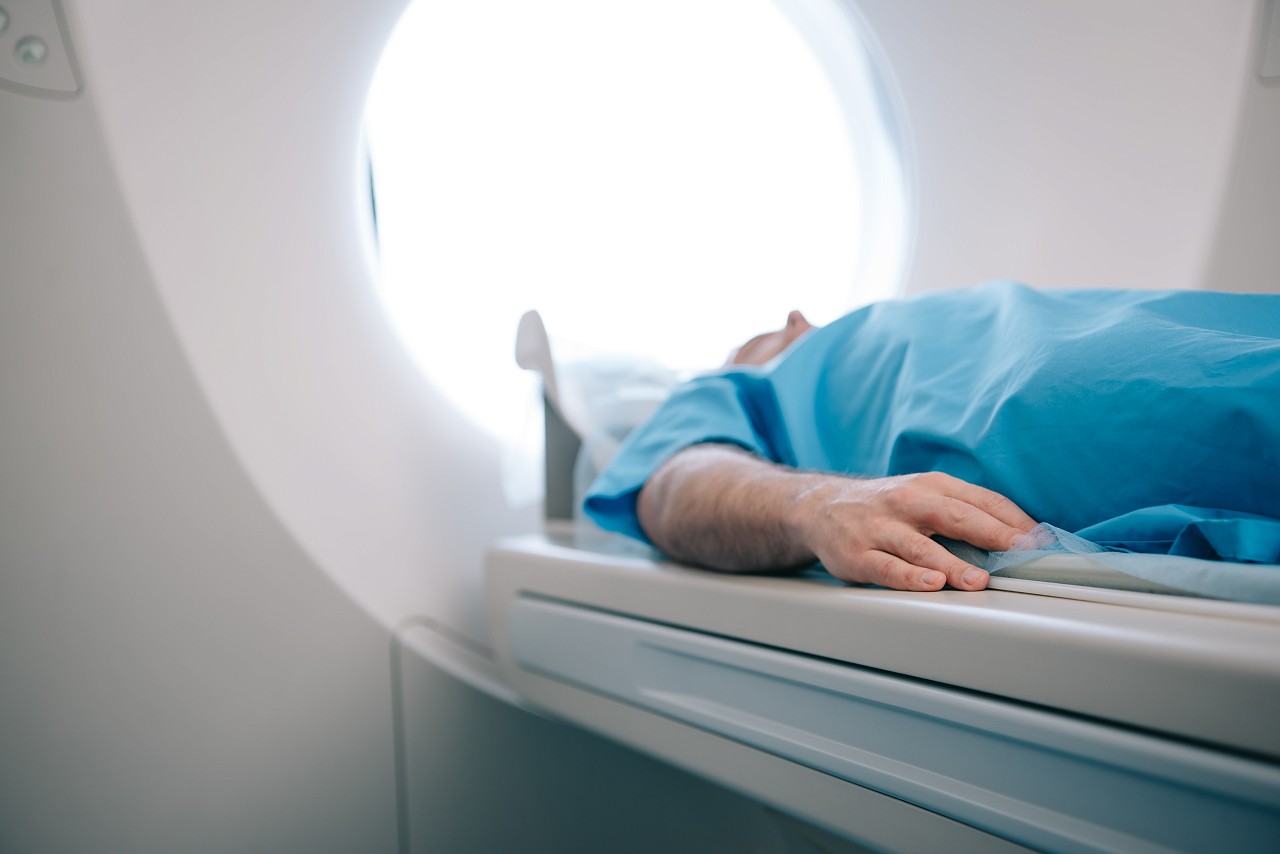
Identifying abnormal lesions in CT Scans
Despite advancements in technology, some abnormalities can be very difficult to pick up on in x-ray or CT imaging. One of these abnormalities is mixed lytic and sclerotic lesions. Lytic is the destruction of the normal cortex and trabecular bone appearance with a reduction in bone density, whereas sclerotic is an increased bone density. Therefore, mixed lytic and sclerotic lesions are a combination of the above. As such, these lesions are sometimes seen in bony metastatic disease and identified with that appearance through x-ray and CT scans.
Mixed lytic and sclerotic lesions can be seen in many malignancies including breast carcinoma and it is important they are identified in order to direct management. However, they can sometimes be either small or very subtle and difficult to differentiate from the background normal bone and this can make them easy to miss.
Therefore, when reviewing imaging, it is suggested that Radiologists consider the Patient’s previous medical background, including any previous history of cancer, to ensure a diligent review of the visualised bony skeleton, and act upon any abnormality that they are able to identify, in light of the patient’s medical history. This should reduce the risk of a delay in diagnosis of such abnormal bony lesions and thus a delay in the treatment.